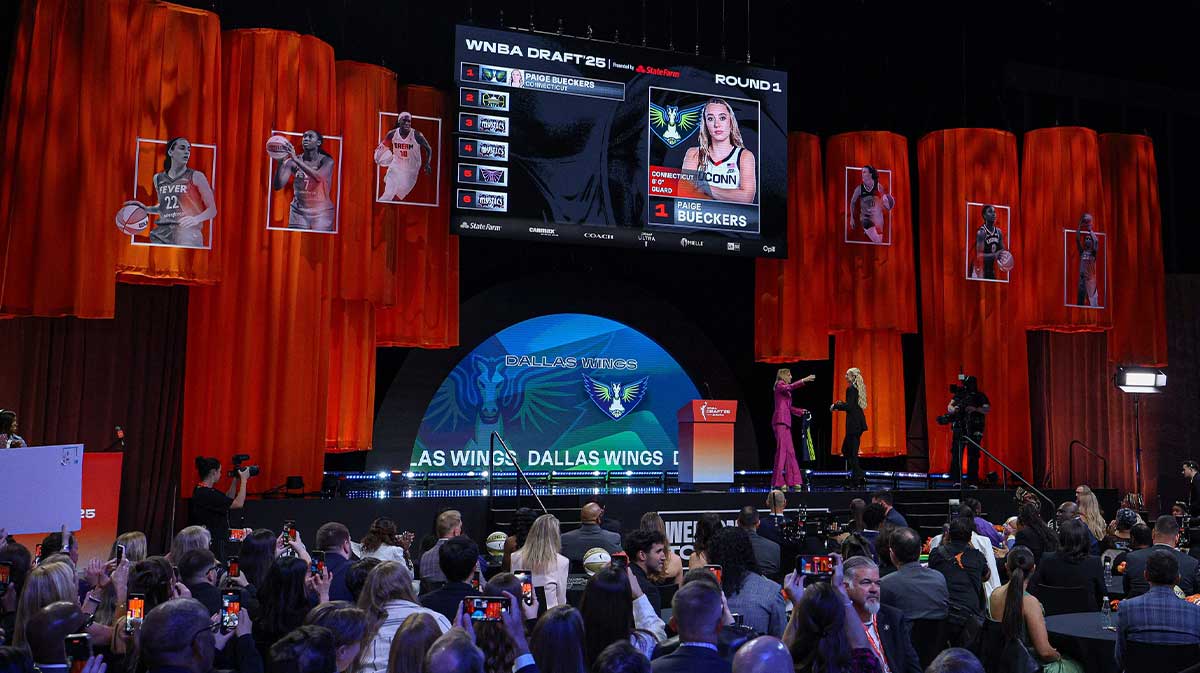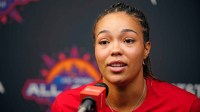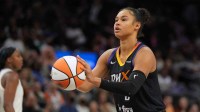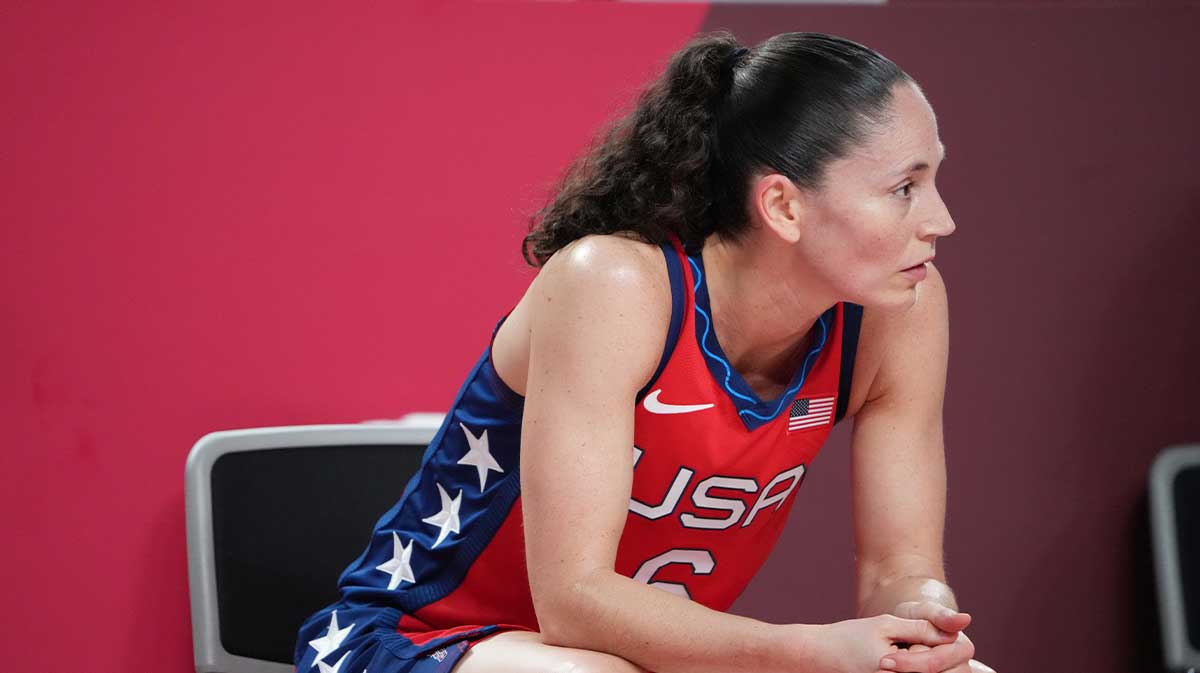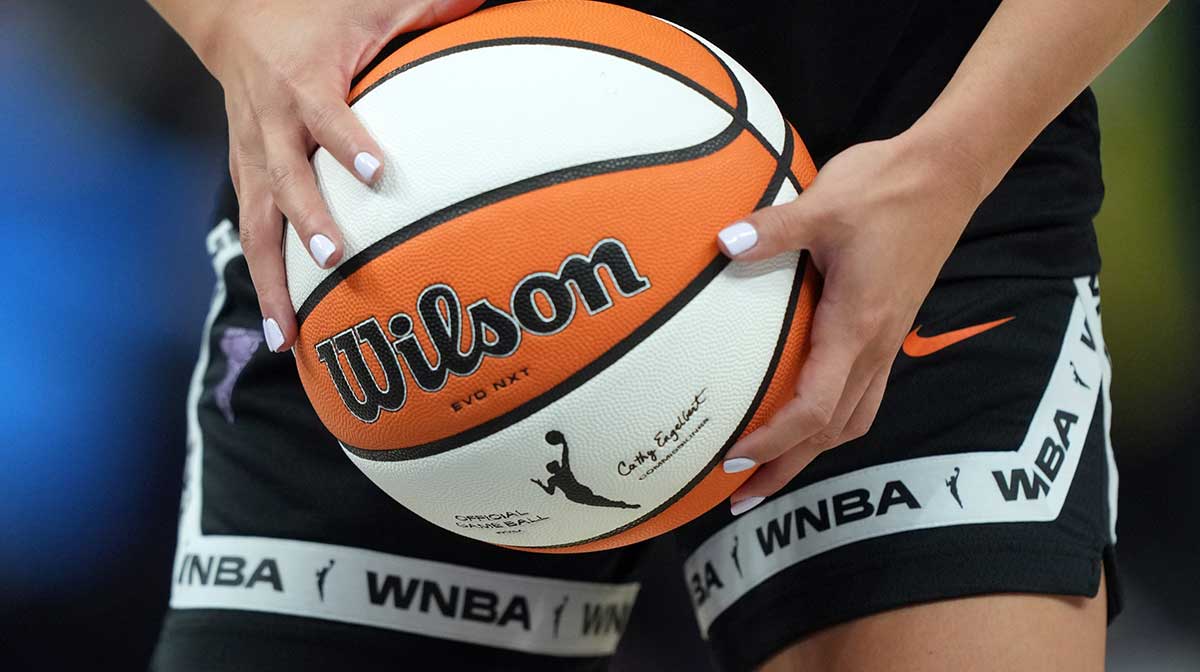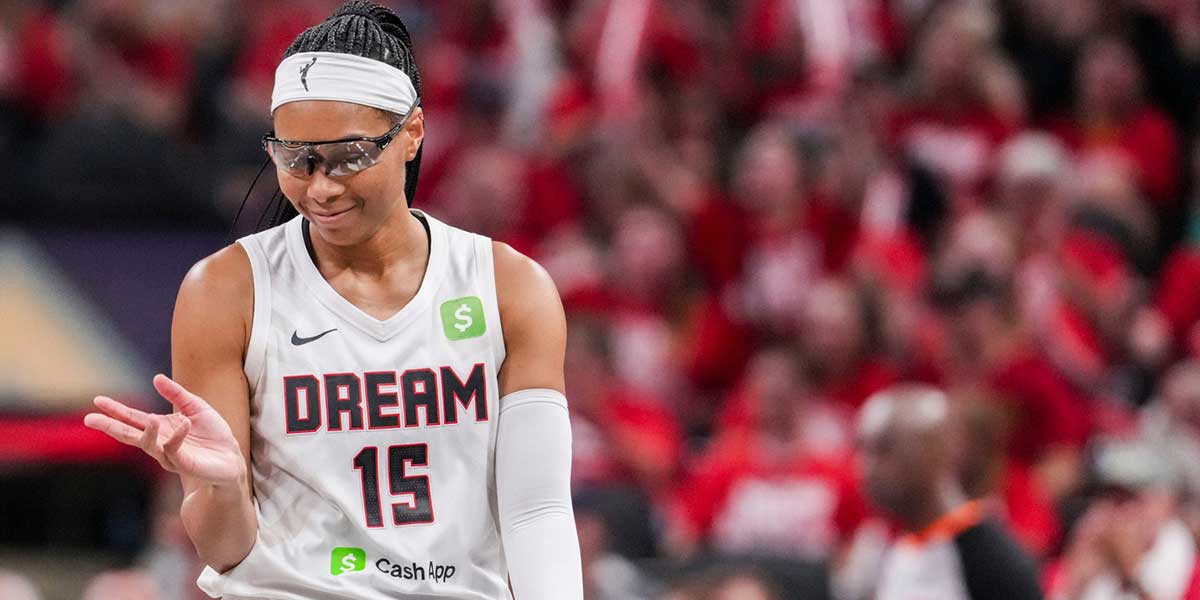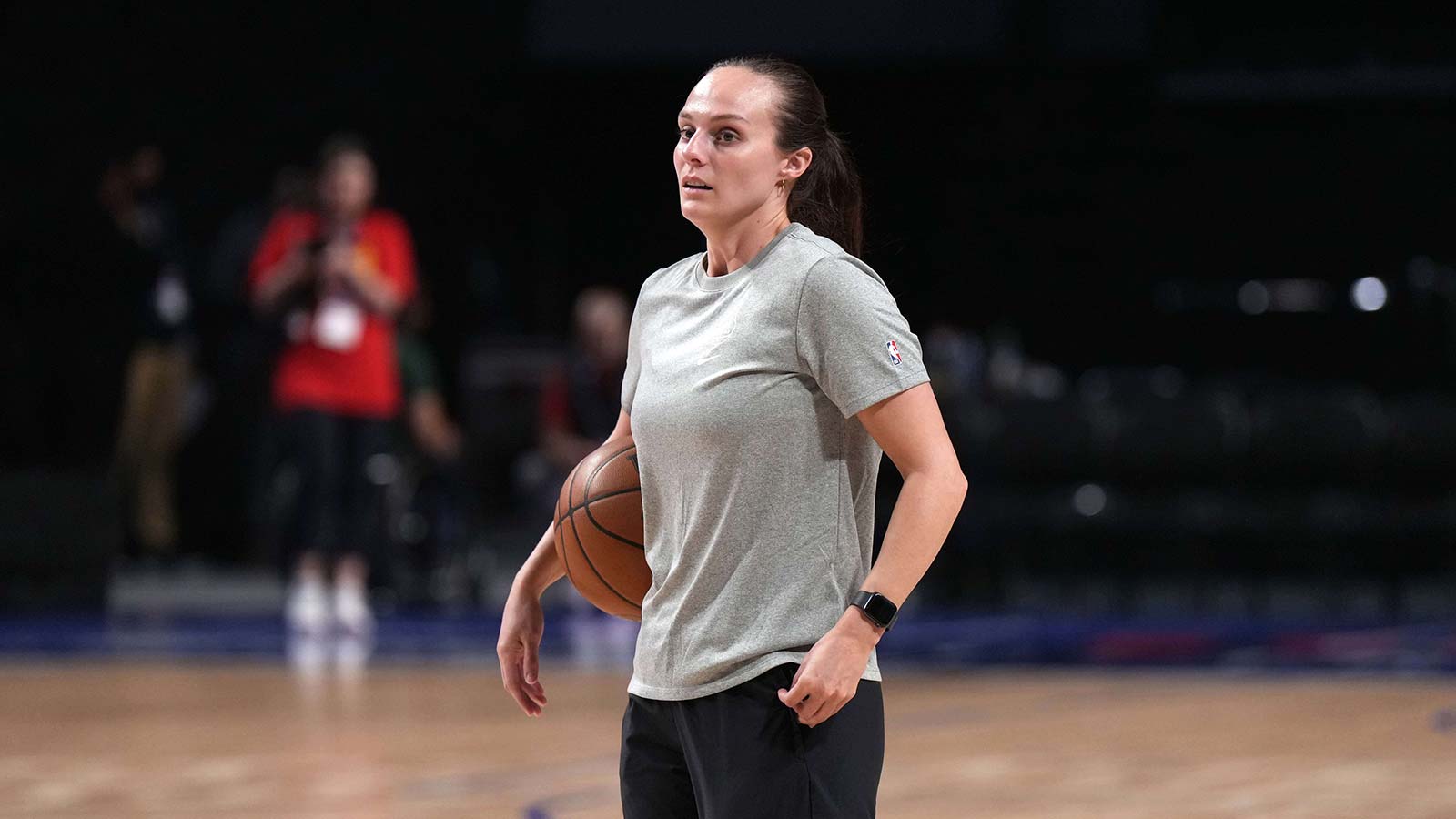The WNBA enters the 2026 season amid unprecedented visibility, expansion, and competitive balance. Game attendance has climbed every year, television viewership has reached new highs, and player talent has diversified across domestic college programs and international pathways.
The addition of the Golden State Valkyries in 2025 marked a new era of league growth, elevating both the competitive landscape and expectations for rapid franchise development. The Valkyries’ immediate playoff berth also set a new standard for expansion teams and demonstrated the WNBA’s increasing parity.
Against this backdrop, the 2026 WNBA Draft arrives with heightened stakes. The lottery made the order official, and this draft class is relatively deep, with players in the 8-15 range also capable of stepping into meaningful roles — a reflection of the league’s increasing reliance on versatility, defensive flexibility, and multi-positional skill sets.
Teams selecting in this range find themselves balancing competing priorities. Some are playoff contenders seeking rotation-ready contributors, while others are in the early stages of rebuilding and need high-upside prospects who can grow into foundational pieces.
Predictions for the first seven draft picks were examined in yesterday's mock draft. Now, let's take a look at the best-fit selections for franchises picking in the second half of the first round, exploring each team’s roster composition, organizational trajectory, and strategic needs.
Each prediction not only identifies the ideal player for the given pick but also contextualizes how that player strengthens the franchise’s present and future. The goal is to develop a draft narrative grounded in synergy, logic, and long-term vision.
2026 WNBA Draft Order:
1. Wings
2. Lynx
3. Storm
4. Mystics
5. Sky
6. Tempo/Fire
7. Fire/Tempo
8. Valkyries
9. Mystics
10. Fever
11. Mystics
12. Sun
13. Dream
14. Storm
15. SunTempo and Fire will flip a coin for the No. 6 and No. 7 draft picks at a later date. pic.twitter.com/GhTNYt2Qzy
— Underdog WNBA (@UnderdogWNBA) November 23, 2025
8. Golden State Valkyries: Madina Okot
The Golden State Valkyries reframed expectations for expansion franchises in 2025 when they compiled a 23-21 record and secured a playoff berth. Their inaugural season showcased a blend of high-octane offense, creative spacing, and energetic guard play, driven by a roster constructed for pace and versatility.
However, even amid that success, the Valkyries' most glaring weakness was interior defense. Golden State lacked a long-term rim protector who could deter drives and stabilize the paint. Madina Okot addresses this deficiency with precision. Standing at 6-foot-6, Okot combines length, strength, and verticality with rare mobility for a player of her size.
Okot runs the floor effectively, sets solid screens, rebounds at a high rate, and protects the rim with natural instincts. Her shot-blocking presence alone would elevate Golden State’s interior defense, and her ability to operate in space complements the team’s tempo-driven style.
Beyond her measurable strengths, Okot brings an intangible value: She is a tone-setter. The Valkyries, while offensively explosive, struggled at times with consistency and physicality inside. Okot’s presence grants the team a defensive backbone that allows their perimeter players to take more risks, knowing the back line is secure.
In a conference dominated by versatile frontcourt scorers, Okot becomes not just a need-based selection but a strategic one. With room to grow offensively, she offers both immediate utility and long-term upside — exactly what a young, rapidly rising franchise requires.
9. Washington Mystics: Janiah Barker
The Washington Mystics entered a rebuilding phase following injuries, retiring stars, and roster turnover that culminated in a 16-28 finish in 2025. The franchise is now focused on identifying future building blocks, and Janiah Barker stands out as one of the highest-upside prospects available outside the top tier.
Barker’s appeal begins with her physical tools. At 6-foot-4, she possesses elite lateral quickness, long arms, and natural bounce that make her a defensive disruptor across multiple positions. She can defend guards on switches, set up the pick-and-roll, recover quickly, and compete with traditional bigs inside. This versatility is increasingly non-negotiable in the modern WNBA, where offensive systems emphasize spacing and mismatch hunting.
Offensively, Barker remains a developing player, but her flashes are star-caliber: Face-up scoring, mid-range touch, fluid drives, and potential as a trail-three shooter. While she is not yet a polished scorer, her mechanics and confidence suggest she has a much higher ceiling than she has reached so far.
Washington, with time and developmental minutes available, is the perfect landing spot. The Mystics can afford the patience required to help Barker reach her full potential as they continue rebuilding, and their commitment to developing players provides reassurance that her growth will be prioritized. She represents a long-term investment and a chance for the Mystics to draft a potential future All-Star in the middle of the first round.
10. Indiana Fever: Gianna Kneepkens
The Indiana Fever’s upward trajectory continued in 2025 with a 24-20 finish, significant growth from their young core, and a newfound team identity. However, the Fever's offensive evolution reveals they clearly need reliable perimeter shooting and off-ball spacing to complement their creators. As defenses collapse on Indiana’s interior threats, the team could use wings who can help and convert efficiently from long range.
Enter Gianna Kneepkens, one of the most efficient scorers in college basketball. Kneepkens excels in catch-and-shoot situations, relocates with exceptional timing, and operates well within complex offensive actions. Her IQ as an off-ball mover elevates team spacing, while her mid-range scoring adds balance and versatility.
Kneepkens is not simply a shooter — she is a complete, high-efficiency offensive-minded player who can read defenses, cycle through secondary options, and exploit mismatches without dominating the ball. Her low-usage, high-impact profile fits in perfectly with Indiana’s ball-dominant stars.
Defensively, she competes with intelligence and effort, making her a two-way fit for a team rising toward being a true contender. Kneepkens is as plug-and-play as prospects come, and her readiness aligns with Indiana’s win-now mindset.
11. Washington Mystics: Kiki Rice
After selecting Barker at No. 9, Washington shifts from frontcourt upside to backcourt leadership with Kiki Rice, a guard whose poise, floor vision, and tactical maturity make her one of the best facilitators in the draft.
Rice is not simply a point guard — she is a conductor. She organizes offenses with precision, controls tempo instinctively, and makes her teammates’ jobs easier through smart angles, timing, and decision-making. Her command in the pick-and-roll is exceptional, and she brings a calming presence that can stabilize a young team.
The Mystics took Sonia Citron with one of their lottery picks a year ago, but they could still use this exact type of leader to help back up the Notre Dame alum. A rebuilding roster can often struggle with direction, but Rice’s situational awareness and unselfishness help add structure.
Rice will not need to score a bunch of points a game to be effective since her influence will be seen in the coherence and efficiency of the team’s offensive flow. Pairing Rice with Barker gives Washington a stylistically balanced young duo capable of establishing the franchise’s identity for years to come.
12. Connecticut Sun: Serah Williams
The Connecticut Sun’s transition into a rebuilding phase within one year has highlighted the necessity for young defensive anchors that the new roster can form around. Serah Williams is a natural fit for that role. She thrives on energy, rebounds aggressively, contests shots with impeccable timing, and runs the floor better than many forwards her size.
Williams' defensive awareness is already advanced, and her motor rarely dips — qualities that translate seamlessly to the WNBA. Connecticut historically values physicality and toughness, and Williams embodies both.
Offensively, she brings a growing face-up game, soft touch around the rim, and the athleticism to finish in traffic. Her long-term potential lies in her ability to expand her offensive range, but her defensive contributions will be immediate.
For a team beginning its reconstruction, Williams is a player to build around as a steady, high-floor pick with the upside to become a premier defensive presence.
13. Atlanta Dream: Gabriela Jaquez
Despite their first-round playoff exit, the Atlanta Dream’s 30-14 season demonstrated their readiness to compete at the highest level. Their depth, defense, and collective intensity make them a threat in any postseason matchup. But even elite contenders need reliable rotational wings who can play under pressure.
Gabriela Jaquez meets this need perfectly. Her game is built on versatility, toughness, and intelligence. At UCLA, she's established herself as a do-everything wing. Jaquez cuts effectively, scores efficiently, rebounds exceptionally well for her position, defends multiple positions, and brings intangible leadership qualities.
Atlanta’s system thrives on defensive versatility and unselfish offense — two areas where Jaquez excels. Her ability to step into a rotation immediately and contribute without needing high usage makes her invaluable for a team with championship ambitions. She strengthens Atlanta’s postseason readiness by being a player who can impact games without needing to dominate possessions.
14. Seattle Storm: Nell Angloma
Seattle continues to redefine its roster while remaining consistently competitive. What the Storm have lacked most is a forward with mobility and defensive versatility — the very qualities that define Nell Angloma, one of the most intriguing international prospects in the 2026 draft class.
Angloma defends with poise, fluidity, and anticipation. Her ability to switch onto guards, contain wings, and challenge bigs makes her a defensive asset that Seattle can tailor its schemes around. Offensively, she operates best as a connective piece, cutting, spacing, and keeping the ball moving without needing it frequently.
Seattle thrives when it fields wings who understand system basketball and make intelligent reads, and Angloma is exactly that player. Her presence allows the Storm to build a more balanced and defensively versatile rotation, positioning her as their ideal fit for them at this draft position.
15. Connecticut Sun: Iyanna Martin Carrion
With their second pick in this draft range, the Sun turn to backcourt scoring upside in the form of international prospect Iyanna Martin Carrion, a dynamic, fearless offensive threat capable of igniting runs and altering momentum.
Martin Carrion brings deep shooting range, aggressive dribble penetration, and a scoring mentality rarely seen among young guards. Her shot creation fills a major need for the Sun, whose offense struggled with consistency and spacing throughout 2025.
While she may require developmental time, the Sun’s rebuilding trajectory allows for patience. Her ceiling as a creative three-level scorer who can eventually anchor second units or start makes her a worthwhile investment at the 15th overall pick.

